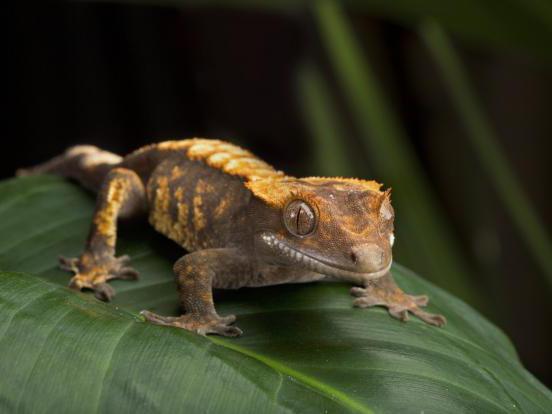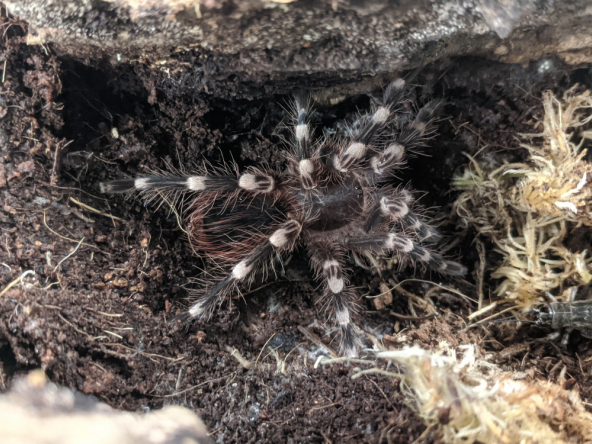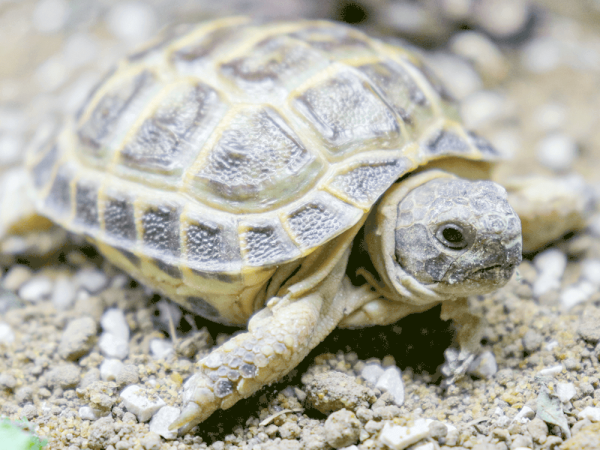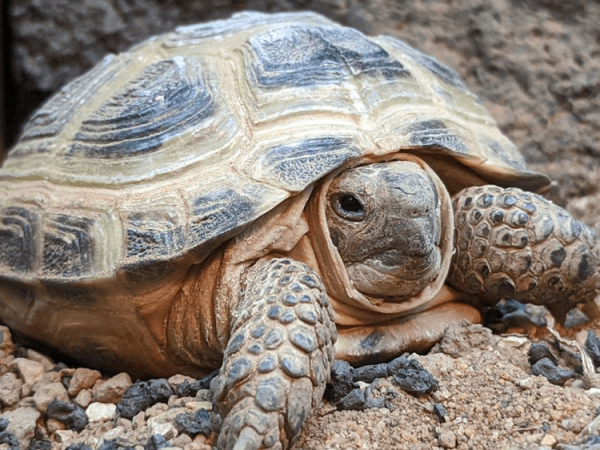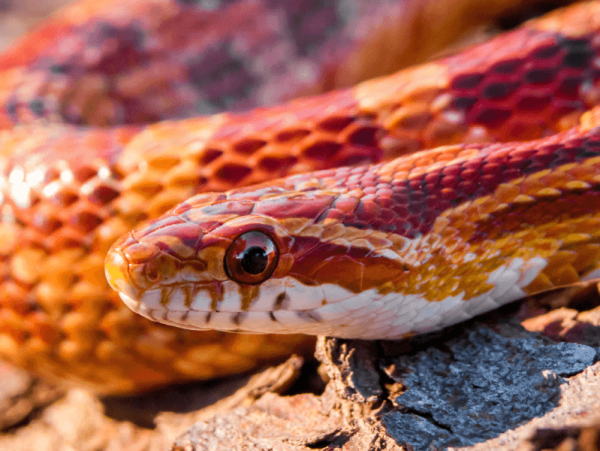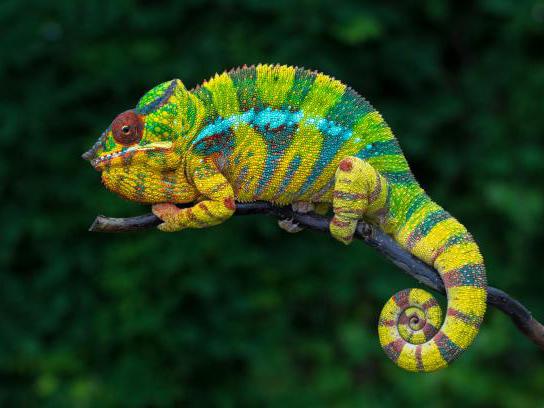What is MBD and how can I keep my reptile safe from it?
Metabolic bone disease in reptiles (often simply called MBD) can be awful for your pet and make life very difficult for you too. Reptiles who suffer from serious cases can experience a lot of pain, a loss of mobility and may even need to be put down “ not what true reptile keeping is about, where the health and happiness of your reptile must ALWAYS come first.
MBD itself is not actually one disease, but a broad term for several problems to do with your reptile's bones and joints. It is the reptile form of human problems like osteoporosis and brittle bone syndrome and has some specific causes.
As with any reptile health problem, knowledge is power, allowing you to take easy preventative steps to ensure your reptile doesn't suffer.
What causes Metabolic Bone Disease In Reptiles?
MBD is caused by biological deficiencies in your reptile's diet and from the environment. Primarily, it comes down to two things: Calcium and Vitamin D3.
Calcium and Reptiles
Like with us humans, a big part of your reptile's bone structure is made up of calcium (Ca), which is otherwise naturally occurring in their diet. However, in captivity, you need to ensure that they are getting a boost of it. Reptile calcium supplements are an easy and affordable way to ensure they are getting the amount they need to develop strong bones and joints, and can either be dusted onto your reptiles livefood, fruit of veg, or added in liquid form to their drinking water.
Vitamin D3 for Reptiles
It's one thing to give them plenty of calcium, but without the presence of Vitamin D3 in their bodies, the calcium cannot be used right, and will go to waste.
There are two sure-fire ways to get Vitamin D3 into your reptile's system. The most popular is with a Ultra Violet lighting system. UV light from the sun is absorbed by your reptile in the wild, and you can replicate this effect in your vivarium or terrarium with the correct system. Doing so allows your reptile to generate D3 to absorb and utilise the calcium in their diet.
Giving your reptile the right amount of D3 is important too, and as a rough guide, the following is the best way to do it, using either compact bulbs or strip lights:
Desert reptiles, such as bearded dragons require the highest amount of UV light to generate enough UV light â“ ensure your bulb gives off about 10 to 12% UV light.
Rainforest Reptiles like crested geckos and chameleons need less UV. Having evolved in dense jungles, the light they receive is partially blocked out by the rainforest canopy, and so they need lighting systems featuring around 5-6% UV.
Other reptiles such as European tortoise and snakes from temperature climates don't need so much, but some is better than none, and there are UV lamps that emit around 2% UV just to give them enough.
DON'T FORGET: UV lamps lose their UV output after about 6 months, meaning that while the light is on, your reptile might not be getting enough, and so you need to buy a replacement straight away!
The other option, or even to be used as a supplement to your UV lighting, is to give your reptile their Vitamin D3 orally as part of their diet. This can be done with a range of reptile supplements, some of which feature both calcium and D3 within the same product!
How can I tell if my reptile has MBD?
If your reptile is suffering from a calcium deficiency, you may find their movements are laboured and they do not like being picked up as this moves their joints in ways they do not like. With tortoises, terrapins and turtles, their shell will be unnaturally soft and spongey instead of hard and healthy. If you notice any of these symptoms, it is best to get them checked out by the vets straight away and review your UV lighting system and reptile diet.




